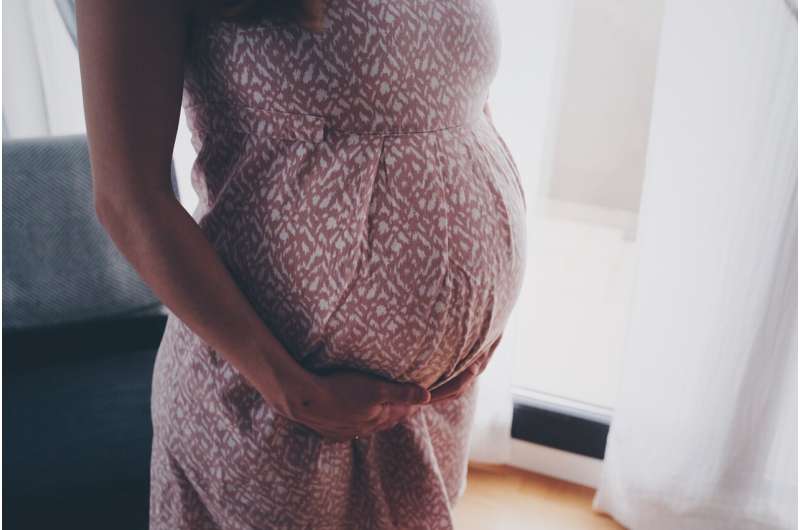
While human papilloma virus (HPV) is common in pregnant women, transmission from mother to baby is infrequent and the virus does not persist in infected newborns beyond six months.
These are the findings of a study led by Helen Trottier, a researcher at Sainte-Justine hospital and a professor in UdeM’s School of Public Health, and Dr. Marie-Hélène Mayrand, a researcher at the CHUM Research Center and a professor in UdeM’s Department of Obstetrics-Gynecology, with support from Pranamika Khayargoli, a master’s student in epidemiology. Their results were recently published in JAMA Pediatrics.
The study examined data for 1,050 pregnant women enrolled in the HERITAGE cohort study at three Montreal hospitals—Sainte-Justine, CHUM and St. Mary’s.
The researchers found a high prevalence of vaginal HPV in the pregnant women (40%) but low prevalence in newborns (7%). Furthermore, none of the infections detected in newborns at birth persisted beyond six months.
HPV was also detected in 3.9% of placental biopsies (from the fetal side of the placental membrane), which suggests that placental infection is possible but infrequent.
“These results are encouraging, especially since increasing numbers of pregnant women are expected to test positive as HPV testing becomes widespread for cervical cancer screening,” said Mayrand. “Our findings will reassure mothers that the risk of transmitting HPV to their baby is low.”
Prevention is still the best protection
Although this is good news, Trottier continues to emphasize the importance of vaccinating young people before they become sexually active in order to protect against HPV-related diseases, in particular cervical, anogenital and oral cancers.
Furthermore, persistent infection by certain types of HPV increases the risk of premature birth, which is “a major cause of perinatal mortality and morbidity,” noted Trottier. Fortunately, recent studies in Australia and Denmark show that mass vaccination of pre-teens and teens significantly reduces this risk, she added.
Trottier also believes that 5-year follow-up data are needed to determine whether the HPV detected in newborns was indeed completely eliminated or if some remained undetected in basal cells and could reactivate later in childhood.
More information:
Pranamika Khayargoli et al, Human Papillomavirus Transmission and Persistence in Pregnant Women and Neonates, JAMA Pediatrics (2023). DOI: 10.1001/jamapediatrics.2023.1283
Journal information:
JAMA Pediatrics
Source: Read Full Article